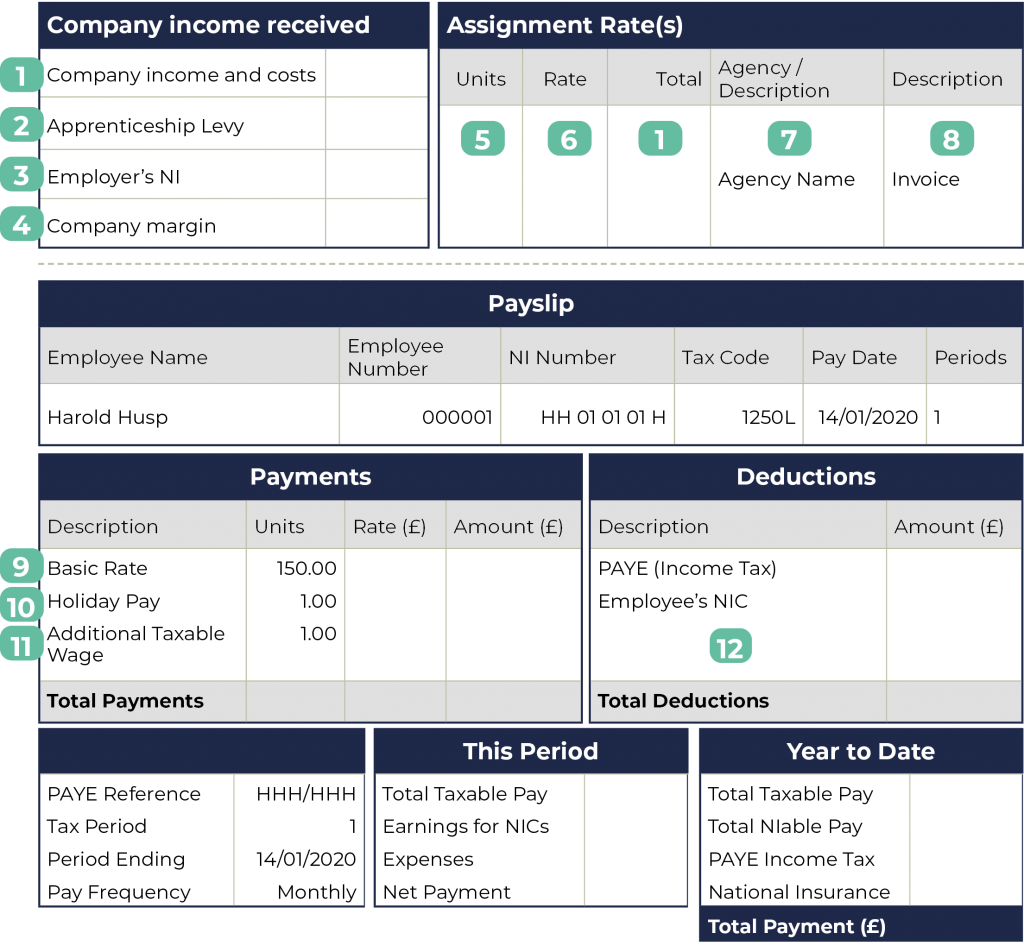Feeling under the weather?
Feeling under the weather?
Everything you need to know about umbrella company sick pay.
Sick pay is one of the reasons contractors choose to operate through an umbrella company. The Winter period means germs everywhere and for contractors that can spell trouble. Generally for contractors, a period off work means no pay meaning people often either struggle into work when they really should be recovering.
Under an umbrella company arrangement, contractors are employees of the umbrella company and are, therefore, entitled to the same statutory sick pay as any other employed person.
What is Statutory Sick Pay (SSP)?
Statutory sick pay makes sure that when employees are off work due to sickness they are not left with no income.
As an employee you are entitled to statutory sick pay (SSP) in line with the most recent government levels.
How does it work?
| First 3 days of sickness | The first 3 working days of sickness absence are considered to be ‘waiting days’ and these are not paid. If you’ve been off sick for 4 or more days in the last 8 weeks and weren’t paid for your waiting days, the first 3 days of your next sickness absence will be paid SSP. |
| Day 4 – Week 28 | You’ll be paid SSP for every normal working day from day 4. You’ll need to provide self-certification from day 4 to day 7 (HMRC have a form for this here) and a fit note to cover every day of absence if your sickness lasts longer than 1 week. |
| Week 23 | If your sickness is expected to last longer than 28 weeks, we will send you for SSP1 to support your application for Universal Credit or Employment and Support Allowance (ESA). |
| After week 28 | You won’t receive any more SSP. |
To be eligible for SSP you must:
- be classed as an employee and have done some work for your employer
- have been ill for at least 4 days in a row (including non-working days)
- earn an average of £118 a week or more
- tell us you’re sick before you’re due to start work on the first day of your sickness
You won’t qualify for SSP if:
- you have received the maximum amount of SSP (28 weeks)
- you are getting Statutory Maternity Pay
- you’ve had a continuous series of linked periods of sickness that lasts more than 3 years
Sign up to receive all our latest insight:



